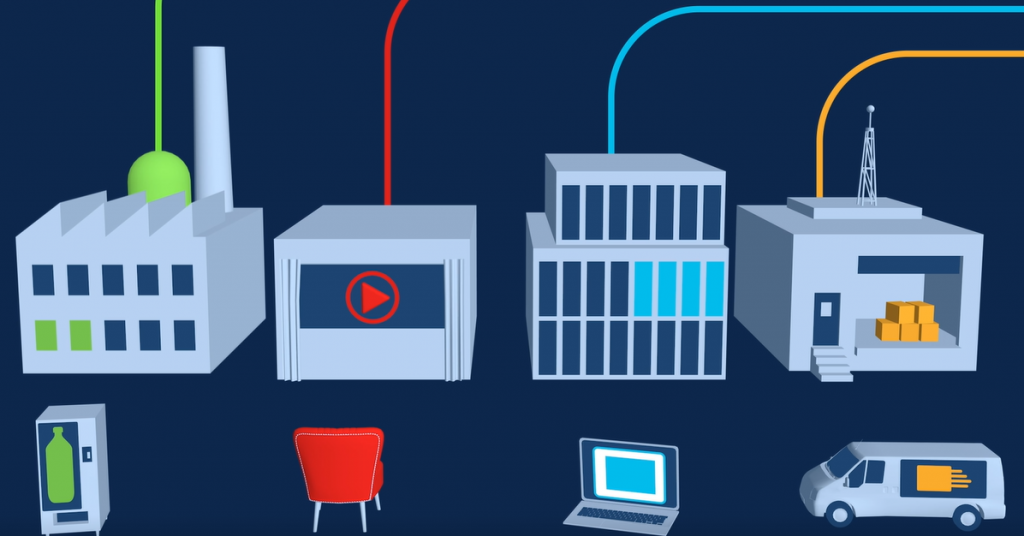The telecommunications industry is evolving. This is no surprise to anyone considering the expansion and evolution to internet, cable TV and streaming media. The transformation, however, is not over. It’s moving to the next level with the deployment of 5G, WiFi 6 and now enterprise edge and carrier data transport services. From multinational telecoms to rural carriers, the challenge is building revenue by utilizing those transformation opportunities wisely.
It All Starts With the Fabric
Everything starts with the network fabric, and that too is emerging into a new form for telcos. Connections now include not just central offices (COs), but also pre-aggregation, regional and centralized data centers from core to the edge. Adding to the mix is the underlying cloud-native architecture. This unified operational environment is key to capitalizing on the demands of subscribers, which should lead to new revenue attainment. Let’s explore 3 ways that hardware and software can play a role in the journey to improve profitability.

Three Innovations to Support Profitability
1. The Telecom Profile
Precision Time Protocol (PTP) synchronizes clocks throughout a network in the sub-microsecond range. PTP can be used to synchronize both financial transactions and mobile phone tower transmissions. That is a perfect fit for telecom as it opens opportunities for more precise billing (streaming data fees, for example).
Cisco’s Telecom Profile on Nexus Series switches running NX-OS was expanded further with a recent release that added SyncE capabilities. PTP is included in the base license for NX-OS at no extra charge.
2. Segment Routing
As mobile carriers build and deploy their 5G transport domains, Segment Routing should be considered. Segment Routing allows for a single data plane across the network from the service provider’s data center to the edge, creating a seamless and elegant design.
SR-MPLS handoff allows for integration across the entire transport network from the central data center to the edge. This can be fully automated, allowing engineers to respond quickly and easily when changes are needed to optimize profitability. Cisco recently implemented Segment Routing for all software running on Nexus 9000 Series switches.
3. Network Slicing
Telecom companies can structure separate services and processes for distinct customer groups to maximize revenue. Network slicing is an end-to-end partitioning of network resources and functions, which enables applications and services to run in isolation from each other. This allows telcos to modify the customer experience by elements such as charges, policy, CRM, and monitoring.
Slicing provides the ability to run multiple, logical networks as virtually independent business operations on a common physical infrastructure. No added equipment is needed. It supports strict SLA requirements and best-effort traffic over the same infrastructure. Each customer encounter can be optimized efficiently while also maximizing potential revenue.
A slice can be dynamically created, modified, or deleted without impacting other slices. End-to-end partitioning inherently spans multiple domains and includes RAN, mobile core, and data center. Software solutions such as Cisco ACI enable slicing with great accuracy and ease.

To learn more about telecom use cases, visit the Data Center for Service Providers Webpage.
More Resources
Cisco Data Center Network Manager (DCNM)
Cisco Application Centric Infrastructure (ACI)
nice blog Tracy